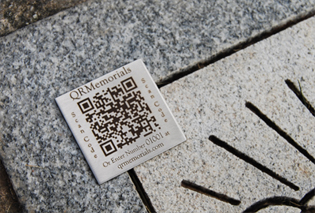Many people complain about funeral costs when they are deciding what to do about dear deceased granddad or mom; they think costs are too high and ask for cheaper options. But when it comes to a beloved pet, no one complains about what it costs to bury or cremate it. Cost is rarely even discussed. Rather the pet owner decides what he or she wants and then just pays for it.
National Pet Memorial Day was celebrated in September. According to the International Association of Pet Cemeteries and Crematories, it was a day to “increase awareness of the many options available to memorialize pets”. Less than ten years ago, pet aftercare facilities were almost nonexistent. People just didn’t talk about what to do with their deceased pet. Today, there are more than 700 pet aftercare facilities nationwide and the number is growing. According to Tom Flynn, president of Hillerest-Flynn Pet Funeral Home and Crematory in Hermitage, PA, it’s a rapidly growing business. His profits have increased by 25% every year since he began offering pet burials in 2006.
Nobody really knows what demographic is responsible for the industry boom. Some think it’s baby boomers, who turn to a pet after their spouse has died or their children have left home. Others think it’s people in their 20’s and 30’s who have delayed or opted out of becoming parents and have decided to get a pet instead. Still others think it’s older women who never had children. Or the very wealthy. But, in actuality, Ed Martin, Jr. of Hartsdale, NY Pet Cemetery and Crematory, says they “get everybody: men, women, rich, poor, young, old.”
A pet funeral can be expensive, with a bronze grave marker costing almost $1,800 and a velvet-lined casket in excess of $1,100. Did you know that in addition to pet burials and cremations, you can arrange things like pet blessings and candlelight vigils? Some companies offer even more services than you’d find at a human funeral home.
In addition, there are unconventional options as well. Although it sounds very weird, some people opt for freeze-drying their pet’s body which can cost as much as $3,000. And a company in Elk Grove Village, IL called LifeGem, has a process that uses carbonized ashes from cremated remains to create synthetic diamonds. Prices run from $2,490 to $25,000. The process originally was intended for humans but pet owners started requesting the service for their pets so frequently that it’s now 25% of LifeGem’s business.
If you’re looking for unusual ideas, a place to start might be Peternity, an online store like Target, but for pet grieving.
Whatever you decide when planning what to do with your deceased pet, be like everyone else. Don’t think about price. Just decide what you want and pay whatever it costs.

